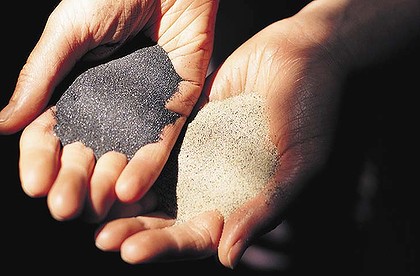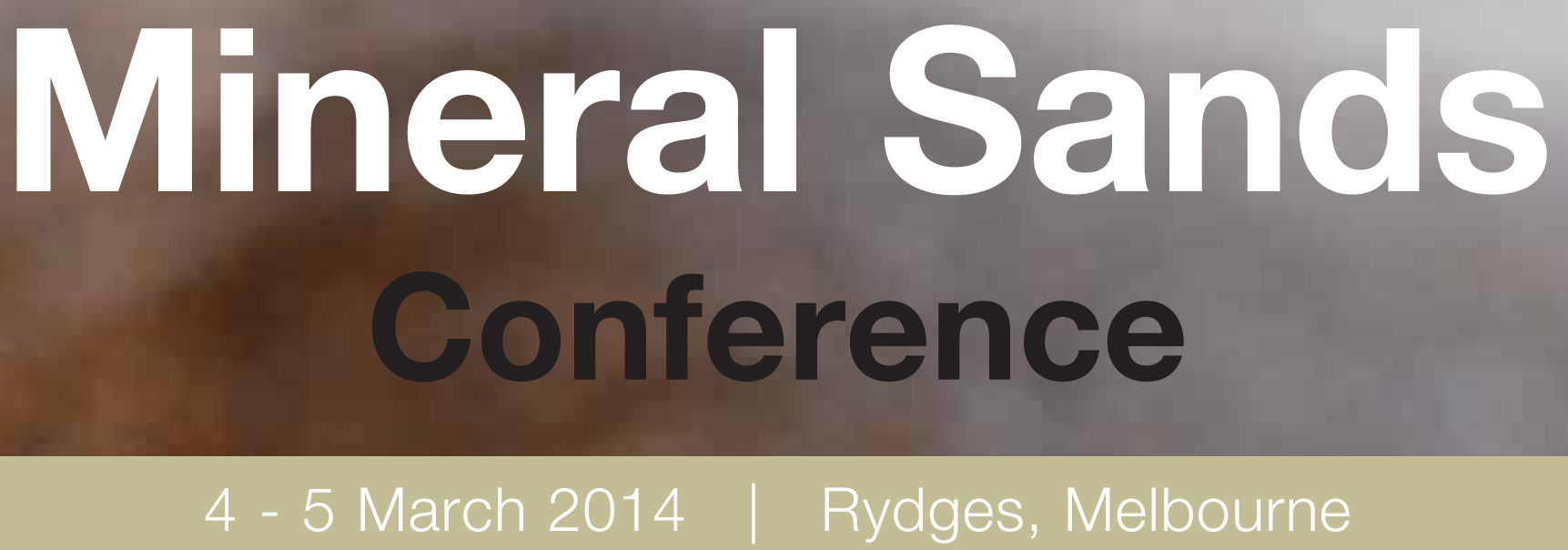This website uses cookies, including third party ones, to allow for analysis of how people use our website in order to improve your experience and our services. By continuing to use our website, you agree to the use of such cookies. Click here for more information on our and .
The global mineral sands market is expected to remain challenging in the near term. We had the chance to speak to Greg Jones, Principal at GNJ Consulting about the role of geometallurgy when it comes to making new investment decisions, his thoughts on some of the most promising mineral sands projects and the three biggest challenges for the market in the next few years
What role does geometallurgy have to play when it comes to making investment and project decisions in the current economic climate?
Greg Jones: Geometallurgy is a critical component of the evaluation and assessment process for any commodity and has a particular importance for mineral sands. The identification of preferential mineral sands projects is linked closely to favourable processing, recovery and sales characteristics. The saying that grade is king in the resource industry could be extended to saying that geometallurgical characteristics are also king for mineral sands.
In how far does mineralogy, quality and recovery characteristics impact on the target market for a particular mineral sands resource?
Greg Jones: Mineral sands are one of the more technically complex commodities to develop. The market requires experienced practitioners to undertake those tasks. HM grade is important obviously; however mineralogy is of equal importance. Jacinth-Ambrosia is a good example of this with the exceptionally high zircon proportion making up over 50 per cent of the mineral assemblage. This allows for quite low HM grades to be mined. The rule of thumb is that the more zircon and rutile a deposit possesses the lower the HM grade can be targeted or mined. Of course this depends on the prevailing price of given commodities at the time. This however does not mean that a low value mineral assemblage cannot be mined economically. For example for the majority of Murray Basin deposits, even though the combined zircon/rutile assemblage is low, the high HM grade of those deposit styles allows them to be mined economically.
Other characteristics of mineral sands such as grainsize, rounding and sphericity, sorting and post-depositional coatings can create issues for processing or may be undesirable for manufacturers from a final processing and other end use perspective. Additionally most chemical contaminants are undesirable above certain concentrations and may prohibit shipping of material (eg uranium and thorium in zircon and ilmenite) or impact on final product quality (eg iron oxide in zircon).
Australia continues to produce the largest amounts of zircon and TiO₂ globally. Based on the geometallurgical insights which areas and current projects do you consider the most promising?
Greg Jones: Iluka and Cristal still hold key tenure over current operating and future projects that will continue to supply quality zircon (Jacinth-Ambrosia and the Eucla Basin for zircon and the Murray Basin for high quality rutile and zircon). New projects such as Thunderbird (Sheffield) promise to deliver large and long life production. However the geometallurgical characteristics are still being evaluated. Offshore, Africa, Sr i Lanka and India are all host to large long life ilmenite projects that produce smaller zircon and rutile credits than might not be ideal for satisfying market demand. The Holy Grail for mineral sands exploration companies is more discoveries of high grade rutile and zircon deposits.
i Lanka and India are all host to large long life ilmenite projects that produce smaller zircon and rutile credits than might not be ideal for satisfying market demand. The Holy Grail for mineral sands exploration companies is more discoveries of high grade rutile and zircon deposits.
In your opinion what are the three biggest challenges for the mineral sands industry in the next few years?
Greg Jones: Despite the downturn in 2013, market sentiment is definitely more positive for a readjustment upwards in 2014. Three challenges for the mineral sands industry in the immediate future might be:
- The continued balance of supply, demand and pricing aggression and defence. The pricing of mineral sands is of course a negotiated arrangement on a company by company basis. It varies in volume, length of contract and price. Balancing this between producers (miners and agents) and manufacturers (pigment producers and zircon end users or intermediary agents) is a continual challenge. Ensuring there is profit incentive to continue exploration and the development of new mineral sands projects as well as avoiding thrifting and substitution for manufacturers is of key importance.
- The impact of part of what the JORC Code calls “Modifying Factors”. This is the community, environmental, and general regulatory licencing and approvals process that will continue to provide challenges for the mineral sands industry. Coastal community development has a particular impact on mineral sands given the proximity to the typical depositional environment. Historically this had a significant impact on the industry for the east coast of Australia. The effect is also demonstrated in the south west of Western Australia and could affect other coastal regions in the future.
- The need for continued improvements in the mining, recovery and processing of challenging mineral sands projects. The concept that the better quality deposits have been discovered is partially vindicated by the slowdown in the discovery rate of large, high grade and high quality deposits. Many existing deposits remain undeveloped because of some mining or geometallurgical challenge that has yet to be addressed to an end point where economic exploitation can be successfully carried out. This will continue to be a challenge for the industry going forward and companies need to address this.
 You will be speaking at the AJM Mineral Sands conference in Melbourne this March. What discussions would you like to have with your industry peers at the event?
You will be speaking at the AJM Mineral Sands conference in Melbourne this March. What discussions would you like to have with your industry peers at the event?
Greg Jones: Given the title of my presentation you would have to say that geometallurgy is a subject that I am passionate about. It has been a bit of a buzzword in recent times, however geologists and metallurgists have been working together for many years, especially in mineral sands, to ensure that the knowledge that is required to maximise processing recovery and meet marketing and customer requirements is developed, flowing through to better mine planning and improved reconciliation. Anybody can drill and discover a mineral sands deposit, however it takes an understanding of the relationship between geology and metallurgy and the unique characteristics of each mineral sand deposit to turn it into value for shareholders.

